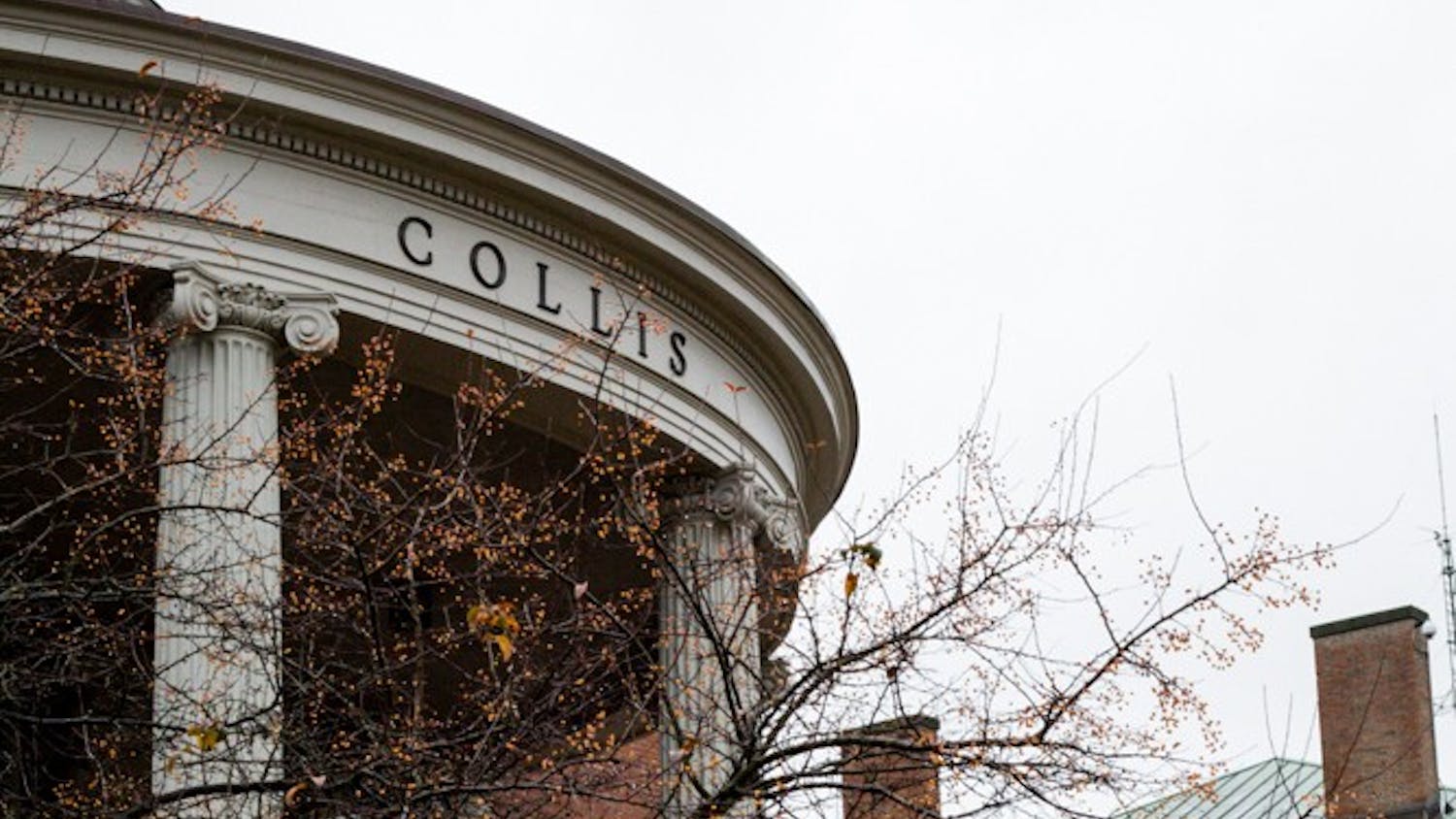Today, construction on the new Berry Library is moving full-steam ahead. But two years ago, when the building's design could be seen only in the models and sketches of its architects, many within the Dartmouth community were embroiled in a fight to change the designs for what they saw as a structure planned in opposition to the style and ideals of the College.
While the creators of the Berry Library design visit Hanover weekly to check on the progress of their vision, the pile of concrete and steel behind Baker Tower is a daily reminder of a hard-fought battle lost for some faculty, administrators and students.
In late October and early November of 1997, when the plans for the new $50 million library were unveiled, a majority of the College's Design Review Committee publicly announced their displeasure with the design and presented a list of suggestions for change.
It was not long before many others within the College community -- including more than 1,500 students who signed a petition against the design -- joined the Design Review Committee members in an effort to reverse the Board of Trustee's approval of architect Robert Venturi's design.
Those in opposition to the design expressed dismay mostly at the size and style of the new building, a feeling which remains strong still, two years later.
"I think my biggest objection was the scale and size, I would have personally preferred more Georgian detailing, because I think Baker is an absolutely beautiful building," Design Review Committee member and Drama Professor Margaret Spicer said.
Many objectors at the time compared the Berry Library and its design to factories, mills, shopping malls and government buildings.
Another concern was the way the new library would divide the campus into north and south areas instead of the unified campus of today.
"It will be a gigantic barrier in the center of campus that will split the campus in half," said Matthew Benedetto '00, the undergraduate representative on the Design Review Committee.
The Design Review Committee, which advises the Trustees on architectural decisions, submitted their disapproval and suggestions for improvement to the Board of Trustees who agreed to listen to their views, but then decided to allow the original design to be constructed with few changes, much to the disappointment of many members of the College community.
Two years later, as the building starts to take shape behind Baker Library, these men and women retain their dislike of the building and remember well their futile efforts to effect change.
"There was very little we could have done from the beginning. We did the best we could. The Trustees, while they listened to us, were intent on going with the Venturi project," Benedetto said.
"It was very frustrating. It gave you the sensation that this was being forced from the top down, rather than considered the way other projects were considered," he said, adding that to him the battles of two years ago do not seem like distant memories. "It seems like it was yesterday."
"As far as I can tell, the problems I saw at the beginning are still going to be there," Professor of Art History Joy Kenseth, who spearheaded opposition to the project two years ago, said.
Kenseth said she found both the exterior design and positioning of the building in relation to other campus buildings troubling.
"What I found problematic was the mass of the building ... and the way it was crowded next to surrounding buildings, which is quite unlike what happens to most buildings on the central campus," she said.
Looking at the sections that have been completed, "it's exactly what I thought it was going to be," Kenseth added.
Chance Hill '01, who started a petition protesting Berry Library in the 1997 Fall term, has since withdrawn his efforts but not his views.
"I wish the design could be a little different," Hill said. "There's nothing that can be done now."
"Part of the reason I came to this college was that I liked the beauty of the campus. It's still kind of hard to tell what it's going to look like at the end, [but] I think especially two years ago, from everything I saw from the design, it seems like it's out of character with the rest of the campus," he said.
Hill petitioned against the design of the library, receiving more than 1,500 signatures and the support of the Student Assembly.
Both Kenseth and Hill as well as some members of the Design Review Committee were dissatisfied with the way the Trustees responded to their suggestions.
"[I was] very frustrated. But many of us made a valiant effort. It was the best that we could do. The architect chose not to listen to the opposing opinions and that's his right," Spicer said. "Time will tell how it turns out in the end."
"I don't think it was handled properly at the time. We hope that a little more care can be taken in the future," Kenseth said.
Kenseth added she thought the Board of Trustees has since improved their policies on College architecture and would be more responsive to public opinion in the future.



